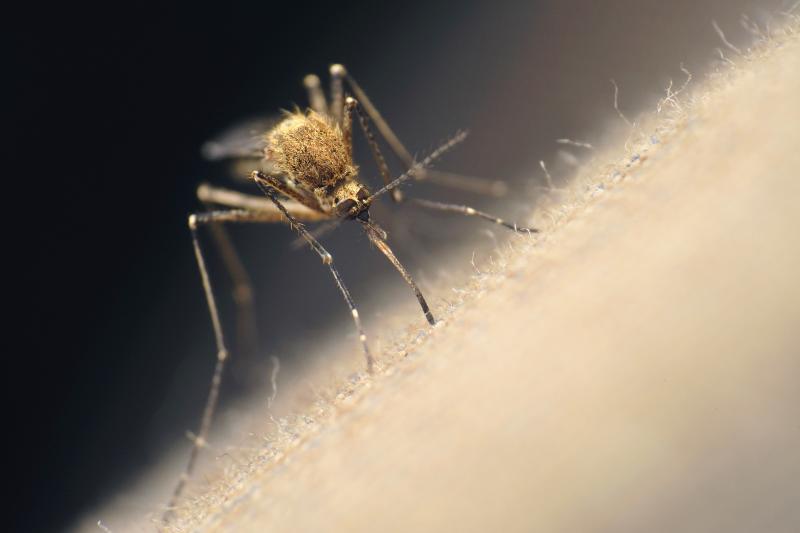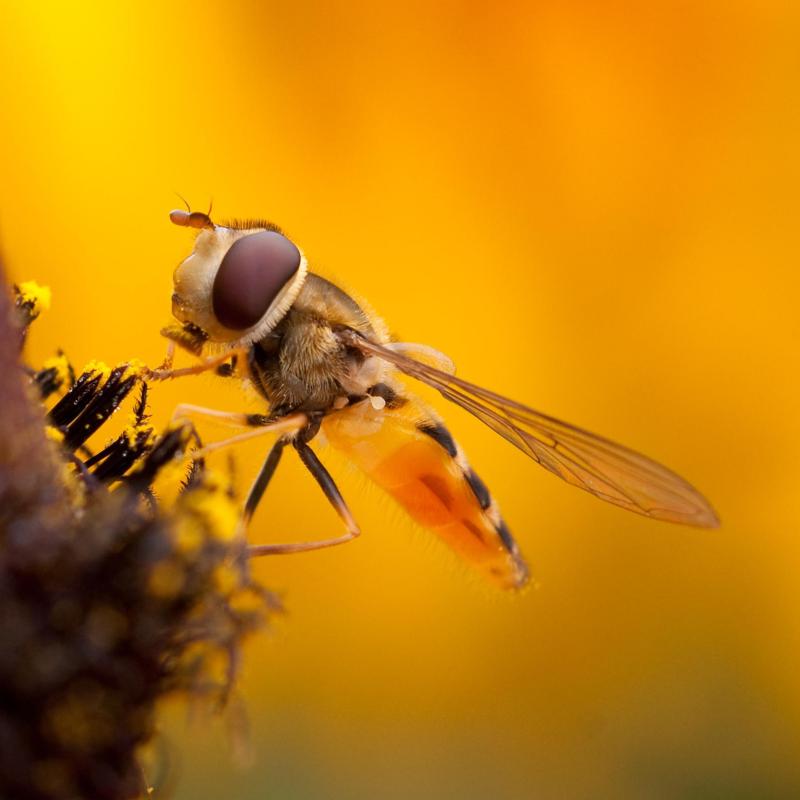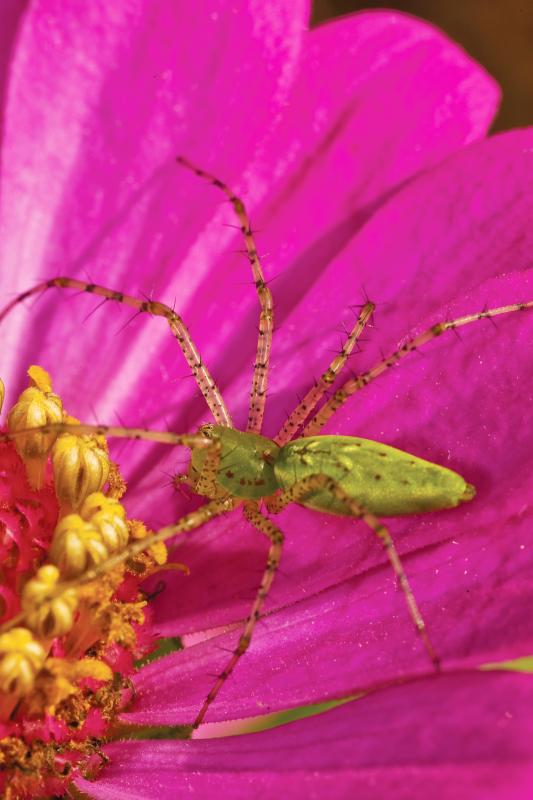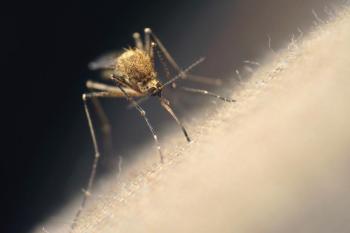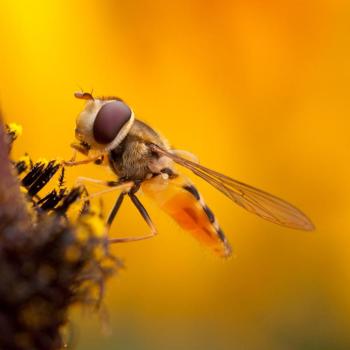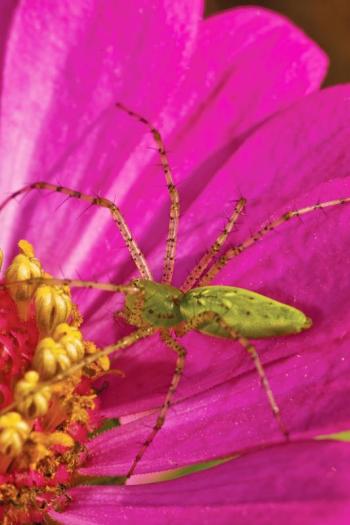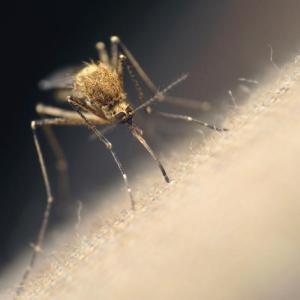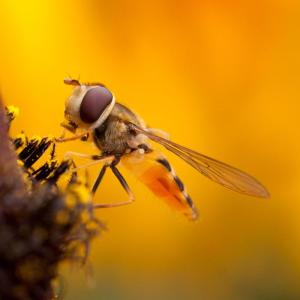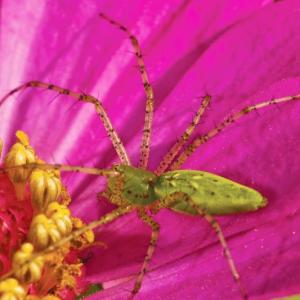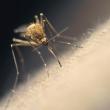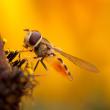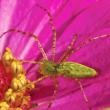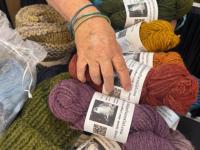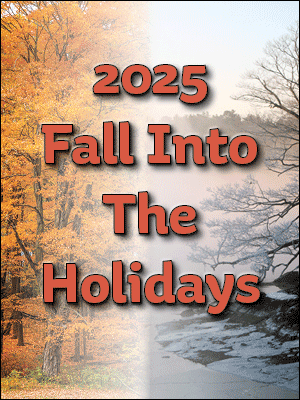The case for bugs
Summers in Maine are magical. The air is warm, flowers are blooming, grills are sizzling. We move our entire lives outdoors. We take to our gardens, our yards, our patios. And then, there they are. The bugs.
As eco-conscious Mainers, we look to natural solutions for pest management. Luckily, there are resources.
According to the IPM Institute of North America, Integrated Pest Management (IPM) is a sustainable approach to managing pests that emphasizes the use of natural predators, biological and cultural controls, over pesticide use. The goal of IPM is to reduce pest populations to levels that do not cause economic or environmental damage, while minimizing harm to beneficial insects, wildlife, and human health.
IPM began in agricultural settings as a cost-effective practice for protecting cash crops from pests, without destroying biodiversity or causing pollution. Today, IPM has expanded beyond farms to safeguard human health and environments around schools, parks, homes, lawns, and businesses.
In 2002, Maine’s legislature created the Integrated Pest Management Council tasked with promoting, expanding, and enhancing IPM adoption in all sectors of pesticide use and pest management within the state. A trove of fact sheets and bulletins, pest identification tools, and IPM approved management techniques including solutions for ticks, mosquitos, slugs, Japanese beetles, and hundreds more pests can be found on their website, which is a combination of Department of Agriculture, Conservation, and Forestry and University of Maine Cooperative Extension (UMCE).
Prior iterations of natural pest management gave advice on repelling specific insects with corresponding “repellant” plants. However, today IPM focuses on attracting more than repelling. Insectary plants, pheromone lures, and trap crops are used to attract natural pest predators and lure pests offsite, Dr. Jaime Piñero, entomologist and professor at the University of Massachusetts, Amherst, writes in an email.
Rodale Institute defines insectary plants as plants that are grown to attract, feed, and shelter beneficial insects that aid in biological pest control. They can be a combination of perennial and annual flowering plants. Insectary plants provide pollen and nectar for feeding predatorial insects.
Piñero’s course material lists common insectary plants for New England, including basil, dill, fennel, partridge pea, anise, sweet alyssum, buckwheat, and sunflower. They attract lady beetles, tachinid and hover flies, lacewings, parasitic and predatory wasps, soldier beetles, and the aptly named assassin bug. These insects eat aphids, scale insects, caterpillars, beetles, stink bugs, and thrips, he teaches.
Pheromones are chemicals used by animals and insects to communicate with each other, often to attract mates, announce food sources, and warn of dangers. Pheromone lures are highly specific, matching a specific pheromone with a specific insect species. Pheromone traps are highly effective on stink bugs and Japanese beetles. “The key is to place the lure at least 50 feet away from the plants you want to protect. Often people mistakenly put the lure beside the plant, which just draws more pests to the area you want to protect,” says Jim Dill, Director of the Diagnostic and Research Laboratory and Pest Management Specialist at UMCE in a video regarding Japanese beetle management.
Trap crops are the ideal IPM solution for squash bugs. Trap crops are sacrificial plants, that draw pests away from one plant to another plant, deemed more desirable to the insect. They are planted near plants farmers want to protect. When the trap crop has lured the pest away from the primary plant, the trap crop is terminated and removed from the site, taking the pest with it. “It’s inexpensive and compatible with organic practices” Piñero writes. For squash bugs, Blue Hubbard squash is the trap. Planted near yellow squash, zucchini, pumpkins, gourds, and cucumbers, squash bugs rarely resist the Blue Hubbard.
Since IPM began in agricultural settings, it stands to reason that solutions for food crops and horticultural plants have the most time-tested solutions. But what about the insects that prey on us?
UMCE lists prevention and avoidance as the best means for controlling tick, mosquito, and black fly populations.
“As a result of increasing concerns regarding environmental safety, increasing costs of chemical controls, and potential resistance of ticks to pesticides, biological controls are becoming a sought-after strategy for tick population management,” says the Tick Lab website at UMCE. Ticks have natural predators including ants, spiders, wild turkeys, guinea fowl and chickens, though research indicates their consumption is minimal and not effective in reducing local tick populations, it goes on to say.
For ticks, managed landscapes have lower tick populations than natural and forested areas. Keeping lawns mowed to three inches or less, mulching leaves and brush from around your home, woodpiles, and stonewalls will prevent humid, shaded habitats ticks seek. If you have to spray, always use a licensed professional and spray the perimeter of your yard to create a barrier, as opposed to spraying your entire yard to minimize chemical application. Dress with long sleeves and tuck pant legs into boots when going into a possible tick habitat.
UMCE fact sheet #5110 on mosquitos and University of New Hampshire (UNH) Black Flies Fact Sheet offer similar advice for the two biting insects. Eliminate breeding sites by removing standing and stagnant water. Birdbaths are fine as long as you replace the water in them weekly. Pruning trees and shrubs to encourage natural breezes will help. Promote natural predators including dragonflies, birds, frogs, and consider hanging bat houses.
Garments containing impenetrable mesh or repellent are good choices for infants and young children, sprays containing DEET are effective for ticks, mosquitos, and black flies. The UNH fact sheet states that fogging yards to control black flies might provide brief relief, but because they are strong fliers, relief is temporary.
“IPM is ecology is action,” Piñero teaches. Insects are crucial components of ecosystems, performing many important direct and indirect functions, from beneficial production of honey, silk, and wax, to pollination, scavenging, and preying on destructive insects. It can feel counter-intuitive, but to reduce bugs, you need…more bugs.

